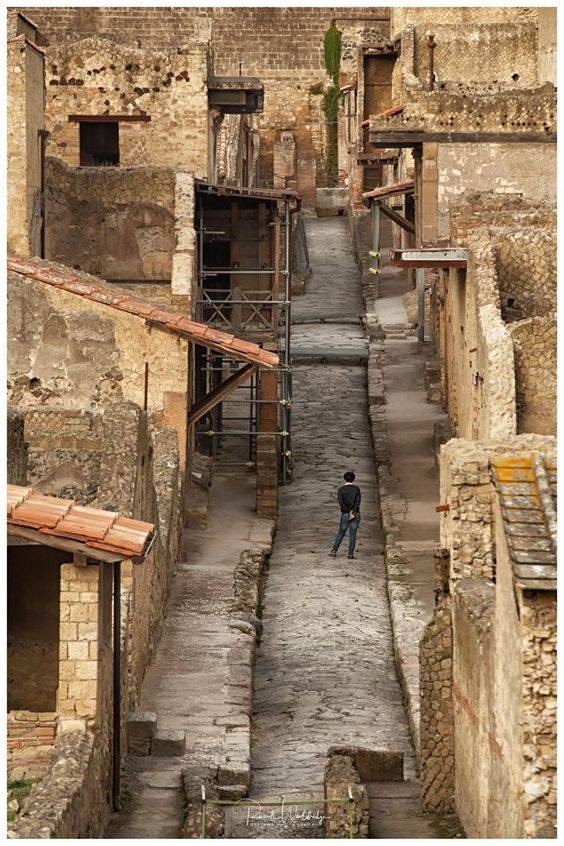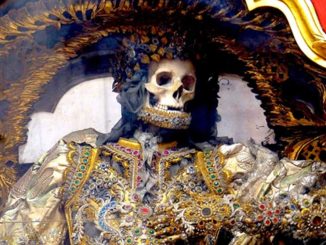Nestled along the sun-kissed shores of the Bay of Naples lies a treasure trove of ancient wonders—the ruins of Herculaneum. Often overshadowed by its more famous neighbor, Pompeii, Herculaneum boasts a wealth of archaeological riches that rival those of its renowned counterpart. In this blog post, we embark on a journey of discovery through the labyrinthine streets and haunting remnants of this ancient city, exploring its history, its mysteries, and its unparalleled preservation. Join us as we delve into the secrets of Herculaneum and uncover the stories of a civilization frozen in time.

A Glimpse into Ancient Life: As we wander through the cobbled streets and crumbling edifices of Herculaneum, we are transported back to the height of the Roman Empire—a time of opulence, innovation, and cultural flourishing. Much like Pompeii, Herculaneum was engulfed by the cataclysmic eruption of Mount Vesuvius in 79 A.D., preserving its streets, buildings, and artifacts in a state of remarkable preservation. However, what sets Herculaneum apart is the quality of its preservation. Unlike Pompeii, which was buried under layers of volcanic ash and pumice, Herculaneum was engulfed by a pyroclastic surge—a superheated cloud of gas and ash that encased the city in a protective shell, safeguarding its structures and even organic materials from decay. The result is a remarkably well-preserved snapshot of ancient life, offering unparalleled insights into the daily routines, social structures, and artistic achievements of its inhabitants.
Artistic Splendor Amidst the Ruins: One of the most captivating aspects of Herculaneum is its wealth of artistic treasures, which adorn its streets, public buildings, and private residences. From intricately carved marble statues to vibrant frescoes depicting scenes of myth and everyday life, the city is a veritable open-air museum of Roman art and culture. Unlike the faded remnants of Pompeii’s frescoes, which have been weathered by centuries of exposure, the frescoes of Herculaneum retain much of their original brilliance and detail, offering a vivid glimpse into the artistic tastes and aesthetic sensibilities of the ancient Romans. As we marvel at these masterpieces amidst the ruins, we are reminded of the enduring power of art to transcend the boundaries of time and space, speaking to us across millennia with a language that is both universal and timeless.
Preserving the Past for Future Generations: The preservation of Herculaneum is not merely a stroke of luck or happenstance; it is the result of painstaking efforts by archaeologists, conservationists, and local authorities to safeguard this invaluable heritage for future generations. From ongoing excavations and research initiatives to conservation projects aimed at stabilizing and protecting the fragile ruins, a concerted effort is underway to ensure that the legacy of Herculaneum endures for centuries to come. By engaging in these efforts and supporting initiatives aimed at preserving our shared cultural heritage, we play a vital role in safeguarding the stories and memories of the past for the benefit of future generations.
Conclusion:
As we bid farewell to the sun-drenched streets and haunting remnants of Herculaneum, we carry with us not just the memories of a bygone era but a deeper appreciation for the resilience of the human spirit and the enduring power of preservation. In exploring the ruins of Herculaneum, we are reminded of the fragility of life and the impermanence of civilization, yet also of the timeless beauty and resilience of the human legacy. May we continue to honor and cherish the treasures of our collective past, preserving them as beacons of inspiration and enlightenment for generations yet unborn.


